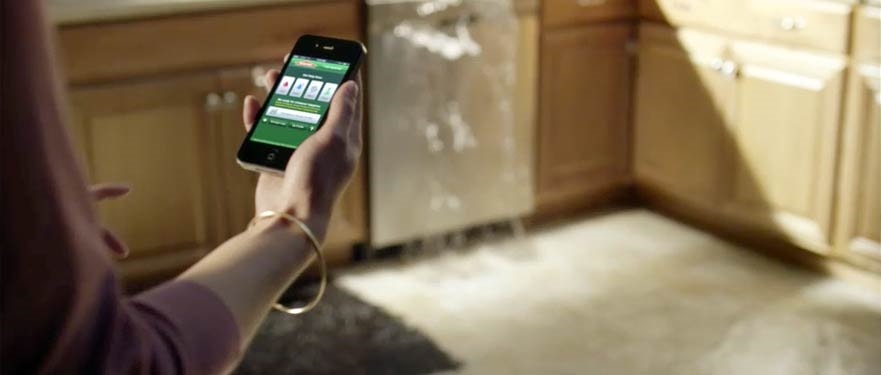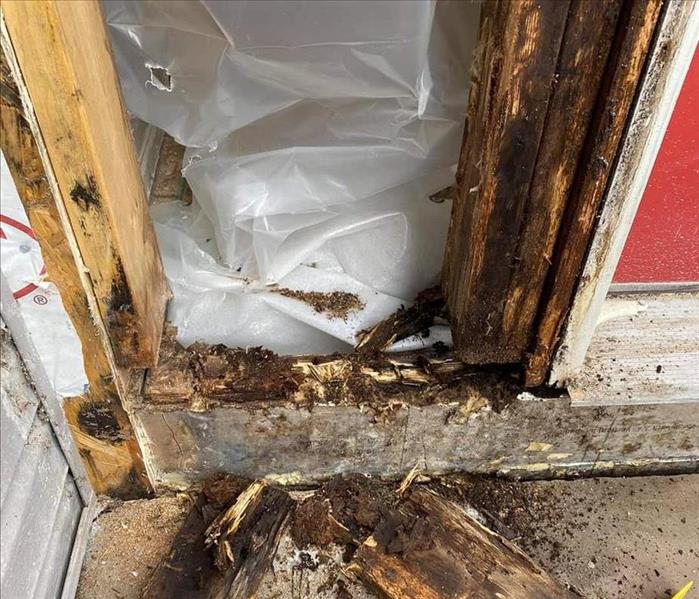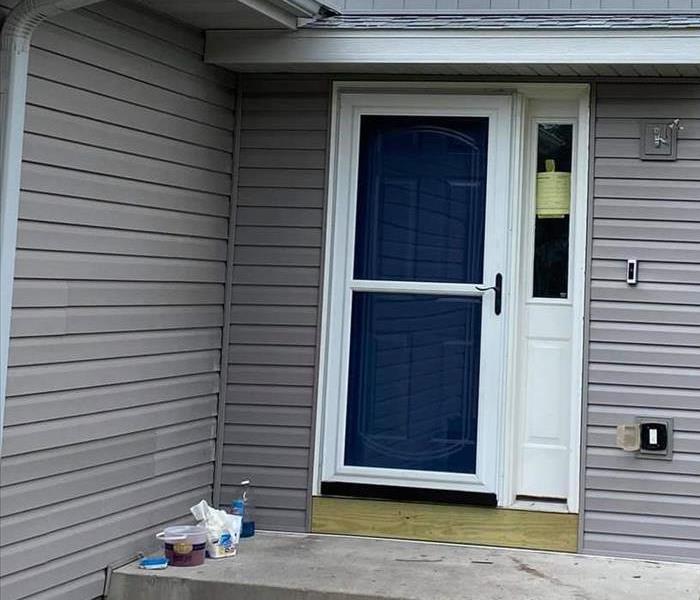
Water Damage Emergency Tips
What you can do until help arrives
Water Tips | Fire Tips | Biohazard Tips | Mold Tips
ICICLES = ICE DAMS!
Do YOU have ice dams on your roof? If you have icicles, you DO have ice dams.
The big question is whether the melting water from the ice dams has gotten into your walls and insulation!
q: Why do ice dams form?
a: When your roof vents are overrun with snow, the vents do not allow warm air from the attic to escape. The heat builds up in your attic. Since the heat has nowhere to go, your roof deck heats up and melts the snow pack at the roof surface.
The melted snow runs down your (warm) roof and turns to ice on the unheated eaves. This ice pack builds and builds until it backs up under your shingles...once it gets backed up past the place the exterior walls meet the roof, the warm roof deck melts the ice from underneath and the result is "loose" water that penetrates the roof deck and works its way down the roof line (inside the attic) to your exterior walls.
Take a look outside. If you see ice working its way between siding and window joints, you already have water in your wall cavities! Your insulation is wet, the framing is wet, and the wall sheathing is wet.
So, what to do about ice dams? CLICK HERE for more info.
Have A Water Damage Emergency? Call (218) 727-2575
What To Do After Flooding
- Remove excess water by mopping and blotting.
- Wipe excess water from wood furniture after removal of lamps and tabletop items.
- Remove and prop wet upholstery and cushions.
- Place aluminum foil or wood blocks between furniture legs and wet carpeting.
- Turn air conditioning on for maximum drying in summer.
- Remove colored rugs from wet carpeting.
- Remove art objects to a safe, dry place.
- Gather loose items from floors.
What NOT To Do After Flooding
- Don't leave wet fabrics in place. Hang furs and leather goods.
- Don't leave books, magazines or other colored items on wet carpet or floors.
- Don't use your household vacuum to remove water.
- Don't use television or other household appliances.
- Don't turn on ceiling fixtures if ceiling is wet, and keep out of rooms where ceilings are sagging.





 24/7 Emergency Service
24/7 Emergency Service




